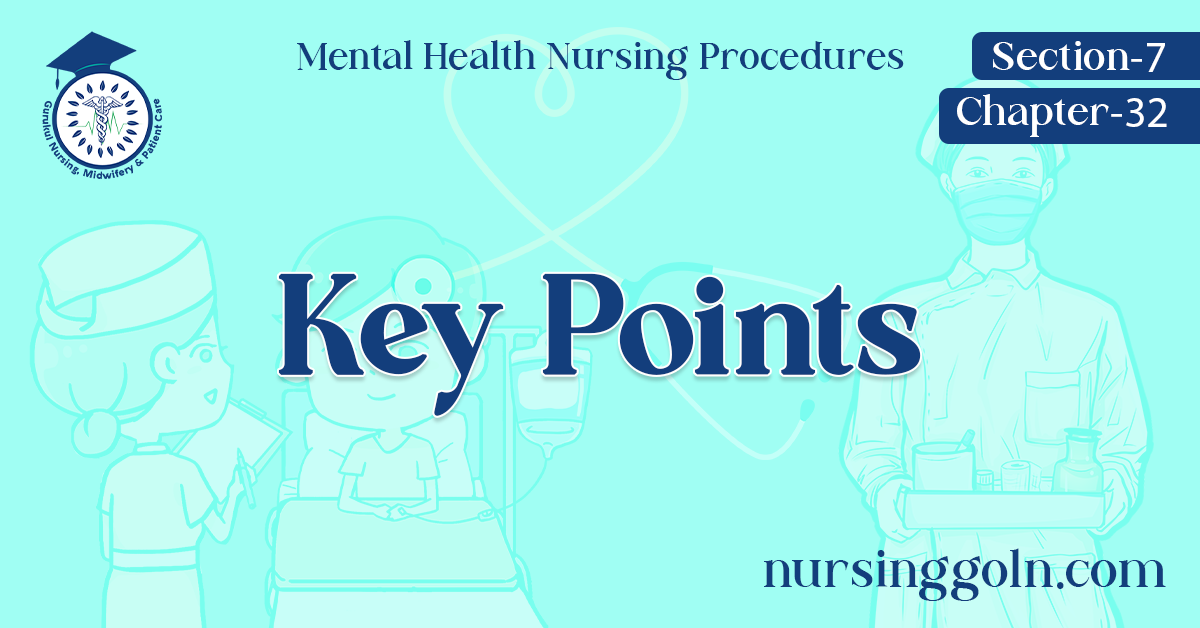Today our topic of discussion is Key Points.
Key Points

Key Points/Knowledge Required Prior to Medication Administration
Medication category/Class: Medications may be organized according to pharmacologic action, therapeutic use, body system, chemical make-up, and safe use during pregnancy.
Mechanism of action: This is how the medication produces the desired therapeutic effect.
Therapeutic effect: This is the primary action for which the medication is administered to a specific client.
Adverse effects: These are any unintended or undesired effect that can occur at a normal medication dose.
Side effects: These are secondary medication effects that occur at therapeutic doses. These are usually predictable
Drug-drug interaction: Some medications may be given together to increase or decrease the therapeutic effect. Two medications together may increase or decrease the adverse side effects.

Drug food interaction: Food may alter medication absorption and/or may contain substances that react with certain medications
Toxicity: An adverse medication effect that is considered severe and may be life threatening. It can be caused by an excessive dose, but can occur at therapeutic dose levels.
Contraindication/Precautions
- A specific medication can be contraindicated for a client based on the client’s condition. For example, a patient with history of allergy to a particular medication
- Precautions should be taken for a client who is more likely to have an adverse reaction than another client.For example, morphine depresses respiratory function, so it should be used with caution for clients who have impaired respiratory function

Preparation, dosage and administration: It is important to know any special considerations for preparation. recommended doses and how to administer the medication.
Nursing implications: Know how to monitor therapeutic effects prevent and treat adverse effects provide for comfort, and instruct clients in the safe use of medications.
Read more:
